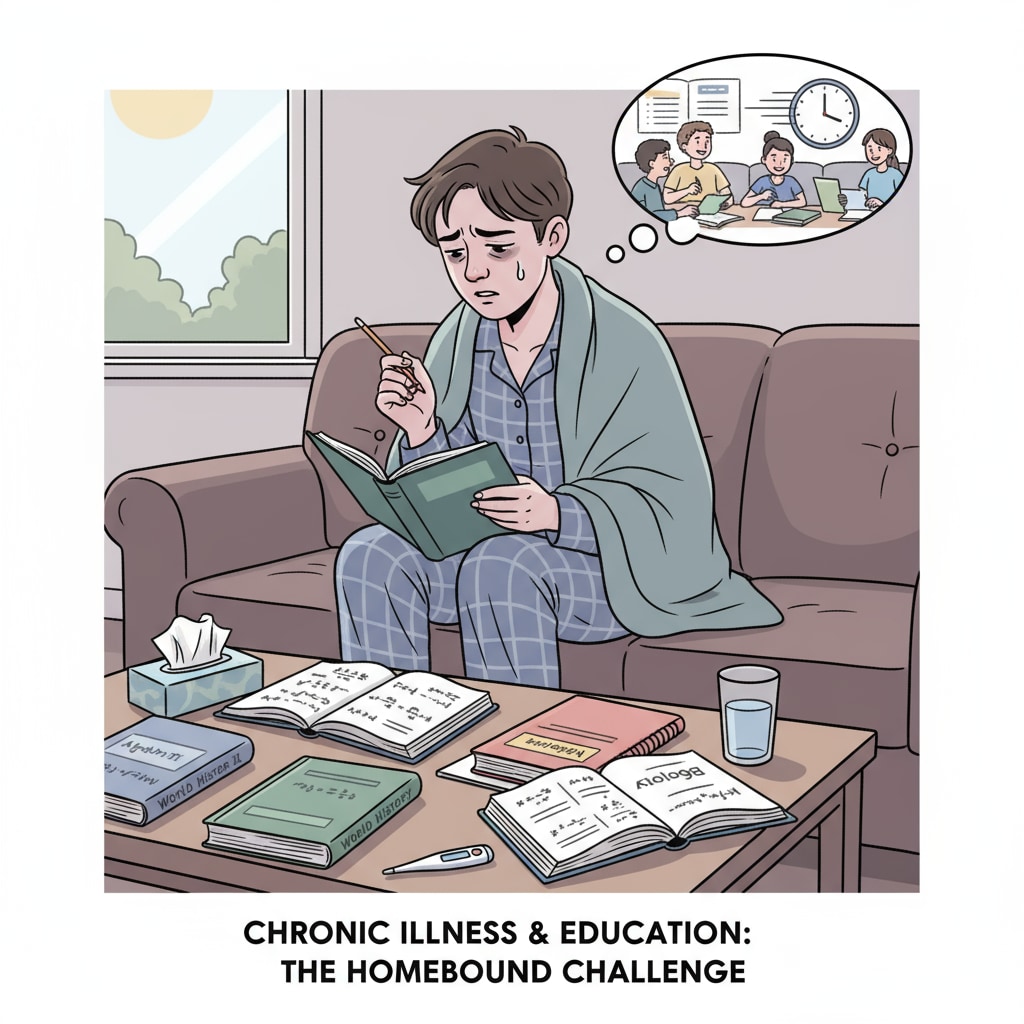Chronic diseases, high school graduation, and GED are topics that highlight the complex situation of teenagers coping with long-term health issues while striving for an education. For adolescents with chronic diseases, the journey through high school can be fraught with difficulties. These young individuals often face physical and mental challenges that can disrupt their academic progress.

The Hurdles in Traditional High School Education
Traditional high school education is structured in a way that demands regular attendance, long hours of sitting in classes, and a rigorous schedule. For teenagers with chronic diseases, this can be extremely difficult to manage. For example, they may have frequent doctor’s appointments, hospital stays, or days when their symptoms are so severe that they are unable to leave home. As a result, they often miss important lessons, which can make it hard for them to keep up with the curriculum. Moreover, the stress of high school, including exams and assignments, can exacerbate their health problems. According to CDC research on adolescent health risks, chronic stress can have a negative impact on the overall well-being of these students.

The Role of GED in the Lives of Chronic Disease Adolescents
The General Educational Development (GED) test offers a viable alternative for these teenagers. The GED allows them to earn a high school equivalency diploma without having to complete the traditional four-year high school program. This is especially beneficial for those who have missed a significant amount of school due to their chronic conditions. For instance, students who have had extended absences can prepare for the GED at their own pace. They can study from home, take online courses, or attend part-time classes. This flexibility enables them to balance their health needs with their educational aspirations. As stated on the official GED website, the test is designed to assess essential high school-level skills in language arts, mathematics, science, and social studies.
Online learning has also emerged as a game-changer for chronic disease adolescents. It provides them with the opportunity to access educational resources from the comfort of their homes. With online platforms, they can participate in virtual classes, interact with teachers and peers, and submit assignments electronically. This form of learning eliminates the need for physical attendance, which is often a major hurdle for students with chronic diseases. Additionally, many online courses are self-paced, allowing students to learn at a speed that suits their energy levels and health conditions.
Another important aspect is the development of personalized education plans (IEPs). These plans are tailored to the specific needs of each student with a chronic disease. An IEP may include accommodations such as extra time for exams, modified assignments, or the option to complete some coursework independently. By having an IEP in place, schools can ensure that these students receive the support they need to succeed academically.
In conclusion, chronic diseases, high school graduation, and GED are intertwined in the lives of many adolescents. While traditional high school education poses significant challenges for them, alternatives like the GED, online learning, and personalized education plans offer hope. These options enable teenagers with chronic diseases to pursue their educational dreams and build a better future for themselves. Readability guidance: The article uses short paragraphs to convey ideas clearly. The information about different educational alternatives is presented in a structured manner. Transition words like ‘for example’, ‘as a result’, and’moreover’ are used to enhance the flow of the text. Each H2 section provides key information about the challenges and solutions for chronic disease adolescents in high school education.


